
Understanding Sugar Substitutes
In the world of baking, where sweetness is an essential element, the quest for healthier alternatives to traditional sugar has gained significant momentum. The title “Understanding Sugar Substitutes” encompasses the pivotal role that these alternatives play in modern baking practices. As dietary preferences and health concerns evolve, bakers are compelled to explore innovative ways to retain the delectable flavors and satisfying textures that have long defined baked goods, while also catering to a diverse range of nutritional needs.
The need for sugar substitutes arises from a growing awareness of the adverse effects of excessive sugar consumption on health, including weight gain, diabetes, and dental issues. This section will delve into the multifaceted reasons that have led to the surge in interest for sugar alternatives in baking. Additionally, it will explore the diverse array of sugar substitute options available in today’s market, each offering distinct properties that can either mimic or diverge from the attributes of conventional sugar.
By gaining a deeper understanding of why sugar substitutes have become a focal point in contemporary baking, we lay the foundation for informed decisions when selecting the right substitutes for specific recipes. Whether driven by medical necessity, dietary preferences, or the desire to experiment with new flavors, the exploration of sugar substitutes is transforming the culinary landscape. This section will set the stage for the subsequent sections of the article, which will delve into the nuances of choosing the right substitute, adapting baking techniques, and showcasing the practical applications of these alternatives through a collection of enticing recipes.
In the pages that follow, we will embark on a journey to demystify the intricate world of sugar substitutes. As we navigate through the various categories of natural and artificial sweeteners, we will uncover the subtle art of incorporating these substitutes seamlessly into a wide range of baked delicacies. Through the lens of science, taste, and creativity, we will learn how these alternatives interact with other ingredients, influence textures, and ultimately redefine the possibilities of modern baking. So, let’s embark on this flavorful expedition into the realm of sugar substitutes, where innovation meets tradition in the pursuit of culinary excellence.
Choosing the Right Substitute
When it comes to embracing sugar substitutes in baking, making an informed choice is crucial to achieve the desired taste, texture, and overall success of your baked creations. The selection process involves a delicate balance between factors such as sweetness level, flavor profile, and baking properties.
Not all sugar substitutes are created equal – some are more suitable for specific baked goods than others. For instance, recipes that rely on the caramelization of sugar might benefit from using natural sweeteners like maple syrup or honey, while artificial sweeteners with high heat stability can excel in treats that require prolonged baking at higher temperatures.
Additionally, considering the impact of each substitute on the glycemic index and potential health benefits can play a role in your decision-making. By delving into the intricacies of different sugar substitutes and understanding their unique characteristics, you can make informed choices that preserve the integrity of your baked goods while meeting your dietary preferences or health goals.
Navigating Baking Techniques
In the realm of baking, the transition from traditional sugar to sugar substitutes requires a deft understanding of baking techniques. This section, aptly titled “Navigating Baking Techniques,” is your compass in this uncharted territory. As you delve into the world of sugar alternatives, you’ll find that each substitute comes with its unique characteristics that impact both flavor and texture. Adapting to these nuances is crucial to achieving the perfect bake.
When you choose a sugar substitute, it’s vital to consider how it behaves under heat and in combination with other ingredients. Some substitutes, like honey or maple syrup, contain higher moisture content, necessitating adjustments in dry ingredient quantities. Others, such as erythritol or stevia, may react differently during caramelization, affecting the color and taste of your baked goods. This section will guide you through the intricacies of working with various substitutes, providing insights into temperature adjustments, mixing techniques, and incorporation of additional liquids or binders.
Furthermore, this section will address the often-overlooked element of taste and how it’s affected by different sweeteners. Certain substitutes may not perfectly mimic the depth of flavor that traditional sugar imparts. By exploring flavor profiles and combining multiple substitutes, you can achieve a well-rounded taste that enhances your baked creations. As we embark on this culinary journey, mastering the art of adapting baking techniques to sugar substitutes will empower you to create delectable treats without compromise.
Exploring Natural Options
Natural sweeteners offer an enticing array of flavors and health benefits that can elevate your baking endeavors. In this section, we’ll delve into the world of natural sugar substitutes, exploring options such as honey, maple syrup, agave nectar, and more. These alternatives not only provide a touch of sweetness to your creations but also bring unique flavors and nutrients to the table.
1. Honey
Its rich and complex taste, has been a staple in kitchens for centuries. It imparts a distinct floral essence that can enhance the flavor profile of various baked goods. Its natural composition of glucose and fructose can also contribute to improved moisture retention, resulting in tender and moist treats. Additionally, honey carries potential health benefits, such as antioxidants and antimicrobial properties, which can add an extra layer of goodness to your bakes.
2. Maple syrup
Derived from the sap of maple trees, is another prized natural sweetener. Its deep, caramel-like flavor can add depth to both sweet and savory recipes. While it has a lower glycemic index compared to traditional sugar, it contains essential minerals like manganese and zinc. Incorporating maple syrup into your baking not only imparts a delightful taste but also introduces subtle earthy undertones that can beautifully complement various ingredients.
3. Agave nectar
Extracted from the agave plant, is renowned for its mild sweetness and liquid consistency. Its neutral flavor profile makes it a versatile addition to baked goods, ensuring that it doesn’t overpower other ingredients. With a lower glycemic index than regular sugar, agave nectar can be a preferable choice for those mindful of blood sugar levels. However, due to its concentrated sweetness, it’s important to adjust quantities in recipes accordingly.
4. Coconut sugar
Derived from the sap of coconut palms, offers a rich and slightly caramelized flavor, akin to brown sugar. It contains trace amounts of nutrients like iron, zinc, and potassium, making it a more wholesome option compared to refined sugar. Coconut sugar can be used in a 1:1 ratio as a substitute for granulated sugar in most recipes, bringing a gentle sweetness and subtle nutty undertones to your baked goods.
5. Molasses
A byproduct of sugar refining, is a potent natural sweetener with a robust, bittersweet flavor. Its distinctive taste can enhance gingerbread cookies, dark breads, and even barbecue sauces. Rich in iron, calcium, and other minerals, molasses introduces a depth of flavor and a touch of color to your baked creations.
6. Stevia
Extracted from the leaves of the stevia plant, is a calorie-free natural sweetener that’s much sweeter than sugar, requiring only a small amount for the same level of sweetness. It’s available in various forms, including liquid and powdered extracts. While stevia doesn’t contribute to browning or caramelization like sugar does, it can be blended with other natural sweeteners to achieve desired results.
Exploring these natural sugar substitutes opens up a world of possibilities for creating delectable baked goods that cater to various dietary preferences. As you incorporate these alternatives into your recipes, remember that each one brings a unique flavor profile, sweetness level, and nutritional value. Experimentation and adaptation are key as you refine your baking techniques and discover the perfect balance between taste and health benefits.
Artificial Sweeteners and Their Applications
Artificial sweeteners have revolutionized the world of baking by offering calorie-free alternatives to traditional sugar. These synthetic compounds, meticulously crafted to replicate the sweetness of sugar, bring a new dimension to the realm of desserts and treats. As bakers experiment with healthier options without compromising on taste, it’s crucial to understand the nuances of using artificial sweeteners effectively.
1. Sucralose
Known for its heat stability, sucralose remains unaltered under high temperatures, making it a versatile option for baking. Unlike some other artificial sweeteners, sucralose retains its sweetness even when heated, allowing you to maintain consistent flavor throughout the baking process. It’s an ideal choice for recipes that require longer cooking times or exposure to direct heat.
2. Erythritol
Although not as sweet as sugar, erythritol is a sugar alcohol that can be used in baking to provide both sweetness and bulk. It’s known for its minimal impact on blood sugar levels and is often used in combination with other sweeteners to mimic the texture and mouthfeel of sugar. However, be cautious when using large amounts, as excessive consumption can cause digestive discomfort.
3. Aspartame
Recognized by its blue packaging, aspartame is another commonly used artificial sweetener. While it can lose sweetness when exposed to high temperatures, it can still be used effectively in no-bake or cold dessert recipes. Aspartame is often used in conjunction with other sweeteners to balance out flavors and enhance overall sweetness in baked goods.
4. Saccharin
With a history dating back over a century, saccharin was the first artificial sweetener to be discovered. Though it has a slightly bitter aftertaste for some individuals, saccharin can be useful in recipes that rely on a complex mix of flavors to mask any potential bitterness.
5. Acesulfame Potassium (Ace-K)
This heat-stable sweetener is often combined with other artificial sweeteners to create a more balanced flavor profile. While it may not be used as a standalone sweetener in baking, it contributes to enhancing the overall sweetness of the final product without adding extra calories.
Incorporating artificial sweeteners into baking requires a thoughtful approach. Each sweetener has its unique properties, and their behavior in various recipes can vary significantly. When substituting sugar with artificial sweeteners, it’s important to consider factors such as sweetness intensity, heat stability, and potential aftertastes. Start by experimenting with small batches and adjust the quantity of sweetener according to taste preferences. While these alternatives offer exciting opportunities for creating healthier baked goods, finding the right balance between sweetness, texture, and flavor is key to achieving baking success.
Conclusion: Embracing Sugar Substitutes in Baking for Healthier Option
As we conclude this exploration into the realm of sugar substitutes in baking, it’s evident that the world of culinary innovation has opened its arms to embrace healthier alternatives without compromising the delight of our favorite treats. With the ever-increasing awareness of the impact of excessive sugar consumption on our health, the incorporation of sugar substitutes in baking has emerged as a transformative practice, offering a myriad of benefits. Throughout this journey, we’ve uncovered the intricate nuances of sugar substitutes, dived into their diverse categories, and learned how to seamlessly integrate them into our baking endeavors.
The shift toward sugar substitutes is not merely a culinary trend; it’s a conscious choice to prioritize well-being without sacrificing the joy of indulgence. While natural sweeteners like honey, maple syrup, and agave introduce their unique flavors and nutritional advantages, artificial sweeteners like stevia, erythritol, and aspartame provide zero-calorie alternatives that cater to dietary restrictions and health-conscious lifestyles.
Our exploration also delved into the art of selecting the right substitute for a particular recipe, considering factors such as sweetness level, texture, and moisture content. The success of baking with sugar substitutes lies in understanding their properties and mastering the techniques that accommodate their nuances. Whether you’re whipping up a batch of chewy chocolate chip cookies or crafting an elegant fruit tart, the appropriate sugar substitute can maintain the desired taste and texture, while also offering a healthful twist.
The heart of this journey, of course, lies in the kitchen itself. The recipe showcase provided firsthand experience in using various sugar substitutes to create delectable baked goods. From fluffy cakes to gooey brownies, we witnessed how these alternatives seamlessly integrated into recipes, resulting in mouthwatering treats that satisfy both our cravings and our health-conscious goals. The step-by-step instructions served as a roadmap, guiding us through the process of adapting traditional recipes to embrace sugar substitutes confidently.
In conclusion, the world of baking has evolved to encompass a diverse array of sugar substitutes, allowing us to embark on a culinary adventure that harmonizes flavor and nutrition. This journey encourages us to experiment, to learn, and to reimagine the possibilities that lie within our ovens. As we bid farewell to traditional sugar, we usher in a new era of baking that empowers us to create masterpieces that resonate with our taste buds and nourish our bodies. So, as you embark on your next baking escapade, don’t hesitate to explore the realm of sugar substitutes – a realm that promises both the pleasure of indulgence and the reward of well-being.

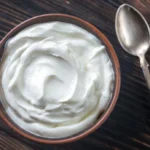

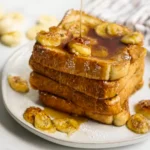
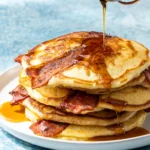
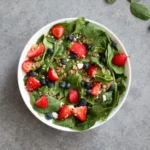
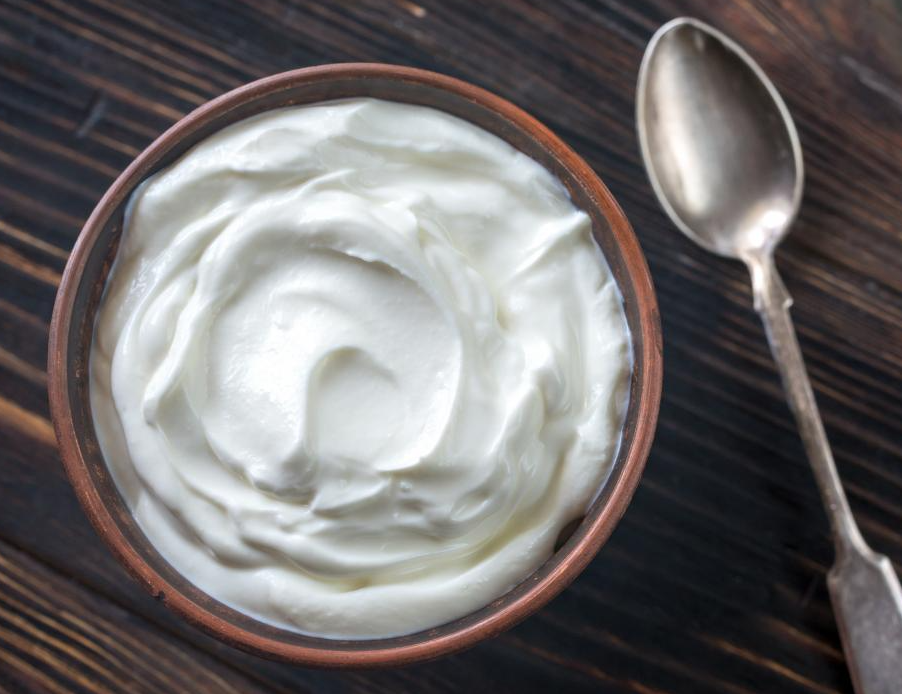


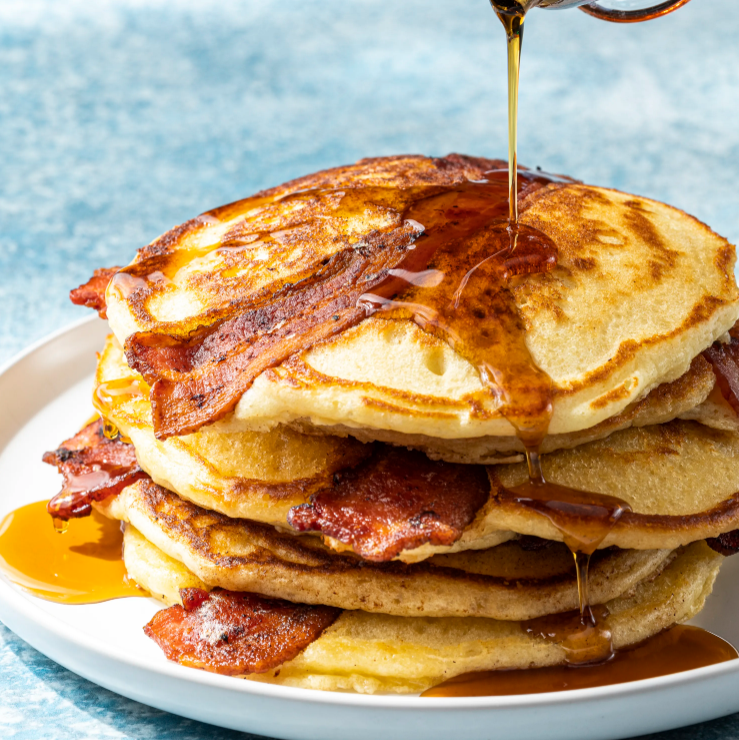
Leave a Reply